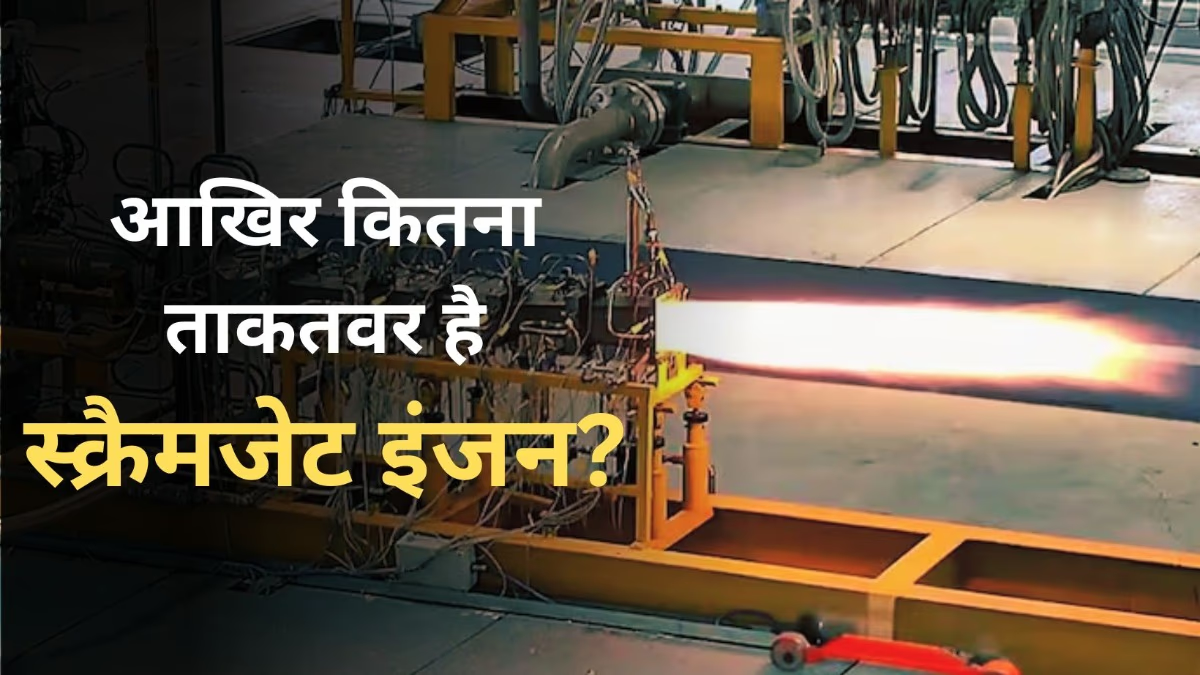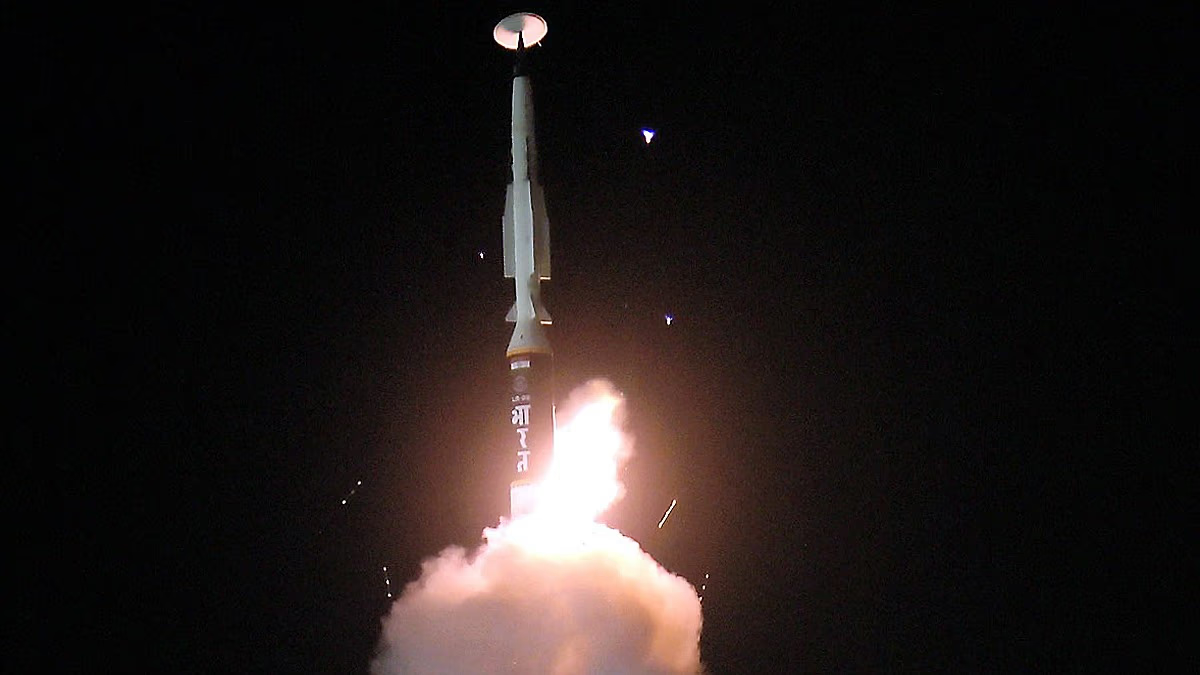The Defence Research and Development Organisation (DRDO) marked a remarkable achievement on Friday. Successfully testing a scramjet engine for 1000 seconds, this engine is poised to power hypersonic missiles. This significant testing comes at a tense time with heightened tensions with Pakistan following the Pahalgam terrorist attack.
DRDO's Hyderabad-based Defence Research and Development Laboratory (DRDL) has triumphantly conducted a scramjet engine ground test exceeding 1000 seconds. This accomplishment marks a significant stride in hypersonic weapon technology.
Advancements in Hypersonic Technology Worldwide
This extensive ground testing builds upon a 120-second test conducted in January 2025. Nations such as India, the USA, China, and Russia are actively working to advance hypersonic technology.
Hypersonic missiles travel at speeds over five times the speed of sound, exceeding 5400 km/h, enabling rapid and high-impact strikes. The scramjet engine features an ignition system that sparks the fuel-air mixture to facilitate combustion.
Why is the Scramjet Engine Extraordinary?
The scramjet engine incorporates flame stabilization technology, maintaining combustion within with airspeeds over 1.5 km/second. Numerous new ignition and flame-holding technologies have been studied within this project, resulting in various equipment developments leveraging the scramjet engine.
Advanced coatings that withstand extreme temperatures greater than that which melts steel have been developed and applied within the scramjet engine. DRDL has pioneered 'endothermic scramjet fuel' in India, aiding in temperature control and simplifying ignition within the engine.
Unique Features of the Scramjet Engine
- This engine combusts fuel using only atmospheric oxygen.- Airflow within the engine remains supersonic, beyond the speed of sound.- Usable during the atmospheric phase of rocket launches because oxygen is scarce beyond Earth's atmosphere.- Reduces vehicle launch weight by more than half, enabling higher payloads into orbit.- Lowers launch costs by decreasing oxidizer amounts carried with fuel.- Useful for both ascent and descent phases of a rocket's journey.




